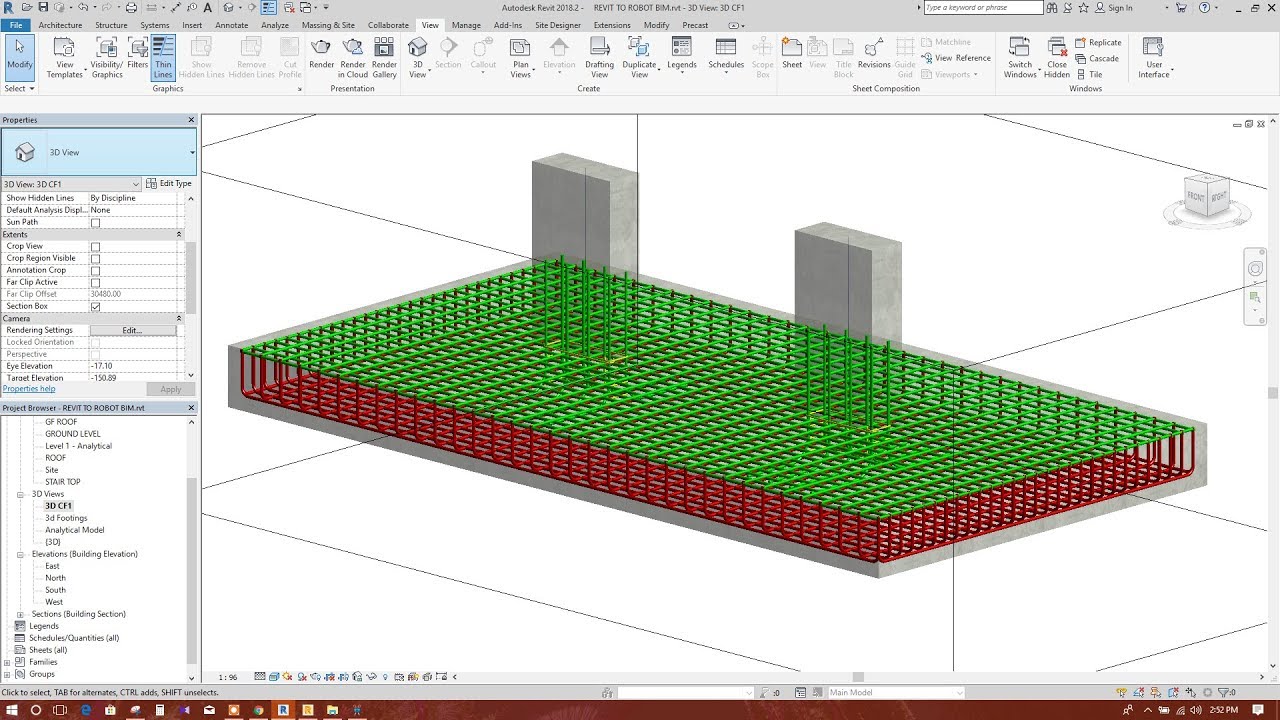

This approach can lead to duplicate work, mistakes and wasted time,” said Andy Leek, vice president – technology and innovation at PARIC. "Between our BIM coordinators, estimators and self-perform teams, we often work in parallel paths on different iterations of project design data using a variety of tools for coordination, takeoff and budgeting, and to track our productivity and work-in-place. announced the worldwide availability of Autodesk Takeoff, a new product that empowers estimators to perform 2D and 3D quantification workflows from a common data environment to increase collaboration, speed and accuracy during the estimation process. Originally announced at Autodesk University in November 2020, Autodesk Takeoff will join Autodesk Build and Autodesk BIM Collaborate as part of the Autodesk Construction Cloud unified platform. The announcement comes one month after Autodesk Build and Autodesk BIM Collaborate were made available globally for Autodesk Construction Cloud customers. Use similar techniques to create takeoff for other materials or if the material is calculated or estimated by area instead of volume.Autodesk, Inc.

#Autodesk quantity takeoff concrete update
The grand total estimate will update to reflect the change. You can change the cost parameter in a material takeoff schedule if the material doesn't have an associated cost or the cost changes. Now the schedule only lists elements that contain concrete. Use the drop-down to filter by material name that look for material names containing concrete. On the Properties palette, click Edit on the Filter parameter. To make the material takeoff a little cleaner, apply a filter to the schedule. In the estimate, notice that multiple elements listed do not contain concrete. Click OK to finish creating the material takeoff. In order to display the calculated totals for the cost, on the Sorting/Grouping tab, check Grand Totals and set it to read Totals only. In the Format dialog, clear the check mark on Use Project Settings and use the pull-down to set the units to cubic yards. Select Material: Volume and then click Field Format. Set the material volume to report in cubic yards rather than cubic feet - the default volume setting for the project. Select total cost and use the pull-down to select Calculate totals. On the Formatting tab, define which columns of the takeoff will be totaled. In this case, the unit is one cubic yard. Because the units of the material volume (cubic yards) and the cost (dollars) do not match, divide the material volume by one unit in order to make the value unit-less so it can be used in the formula. Enter a name for the calculated value, set the type to currency, and create a formula to calculate the total cost. In this case, the concrete is purchased and costed by the cubic yard. We need to create a calculated value that multiplies the material volume by the cost per unit. Because the cost parameter is just a dollar cost, there aren't any units associated with it. For this takeoff, specify the family and type, the material name, the material volume, and the material cost. In the Material Takeoff dialog, provide a name for the concrete takeoff and click OK to create a new multi-category takeoff. On the View tab, select Schedules > Material Takeoff. We'll need to create a multi-category schedule in order to account for all the concrete needed. When you look at the section, notice that concrete is used for the basement wall, floor, and footing. In this example, we'll create a material takeoff for the concrete in the project and provide an estimated cost based on the material. If you want to know how much concrete to order, the material takeoff will need to quantify the material volume across multiple categories of objects, including floors, walls, foundations, and so on. For example, if you want to know the amount of carpet needed on a project, the material takeoff schedule will need to quantify the material area of just the floors in the model. When you create a material takeoff in Revit, you need to first decide the information you want to report.


 0 kommentar(er)
0 kommentar(er)
